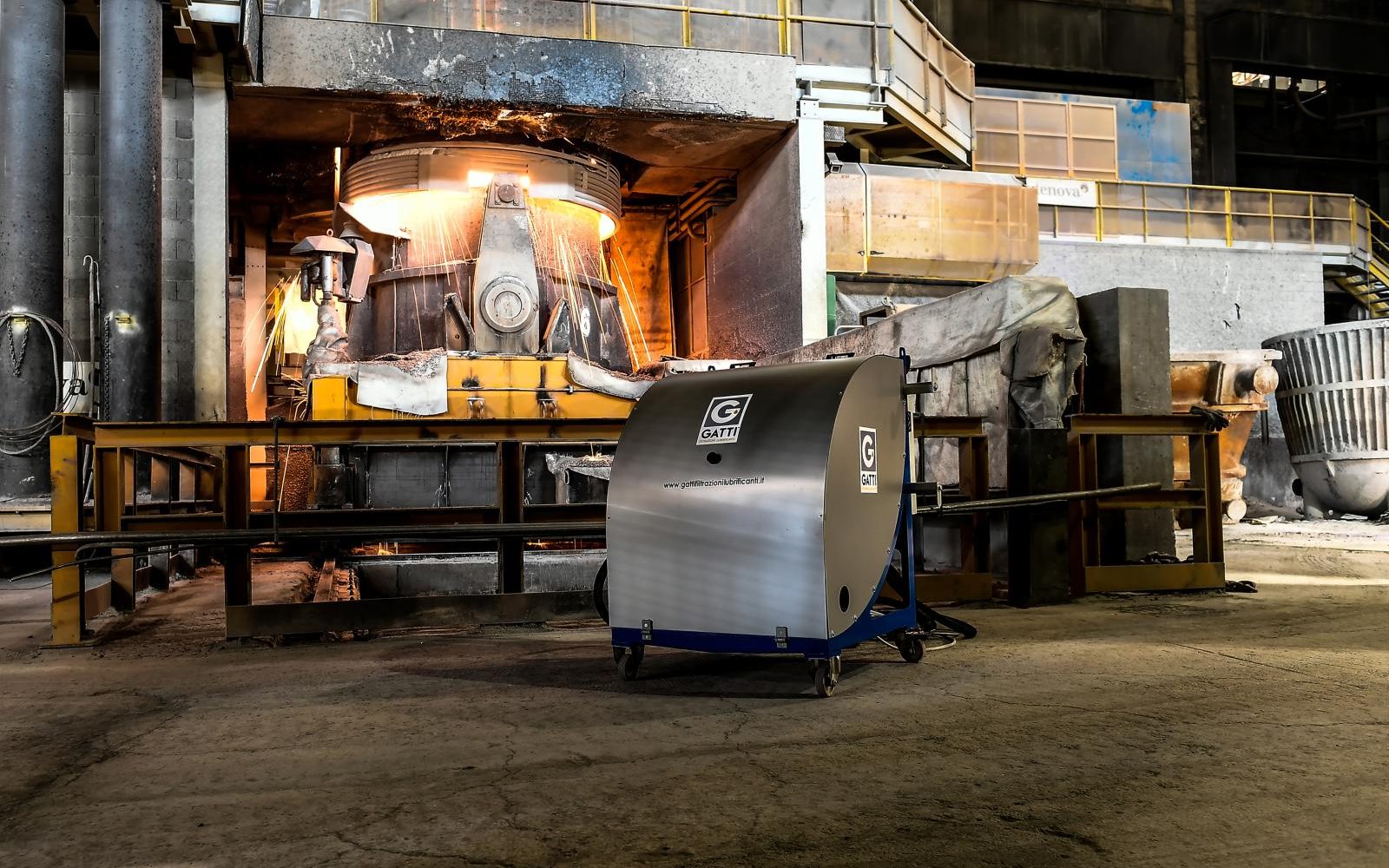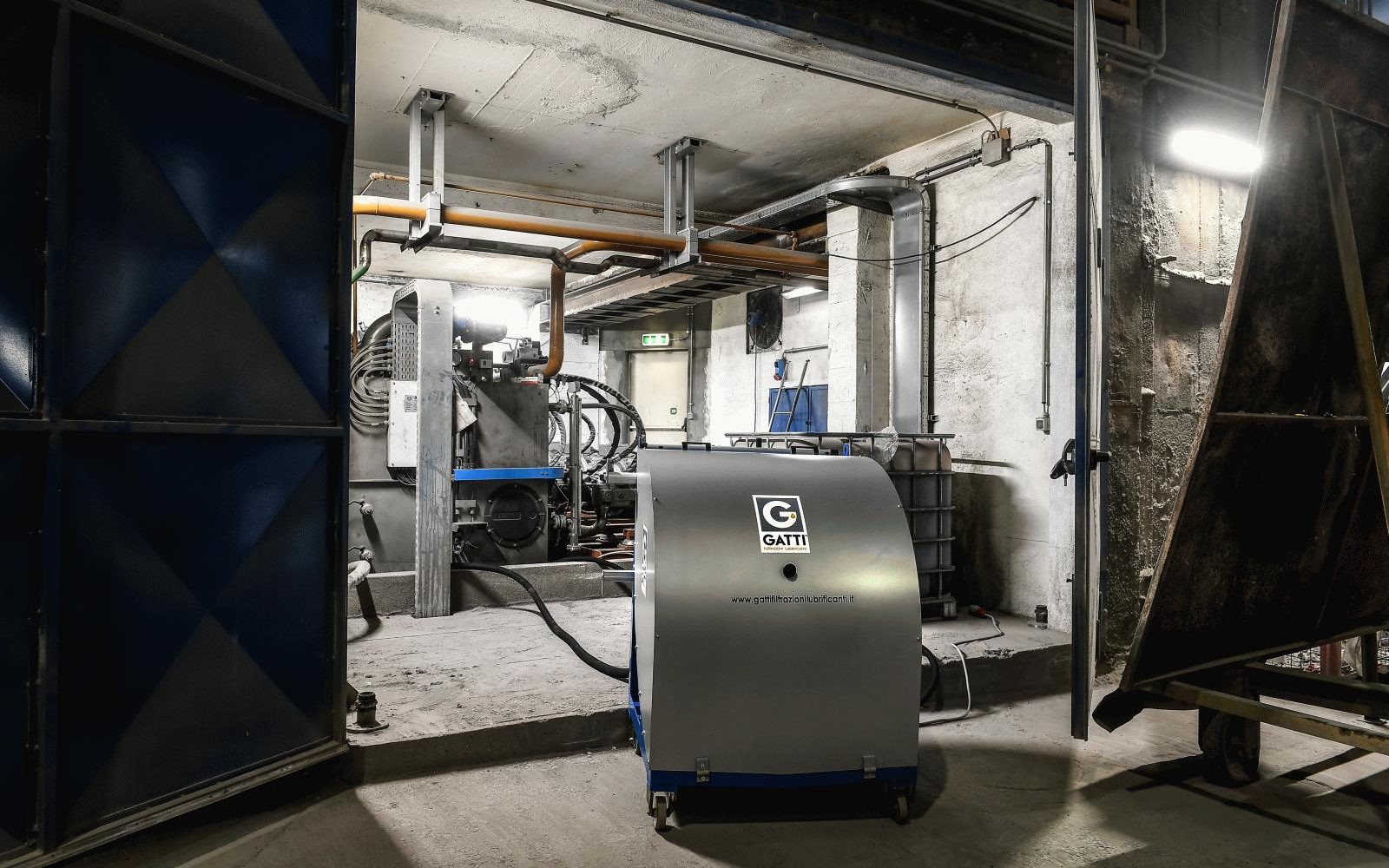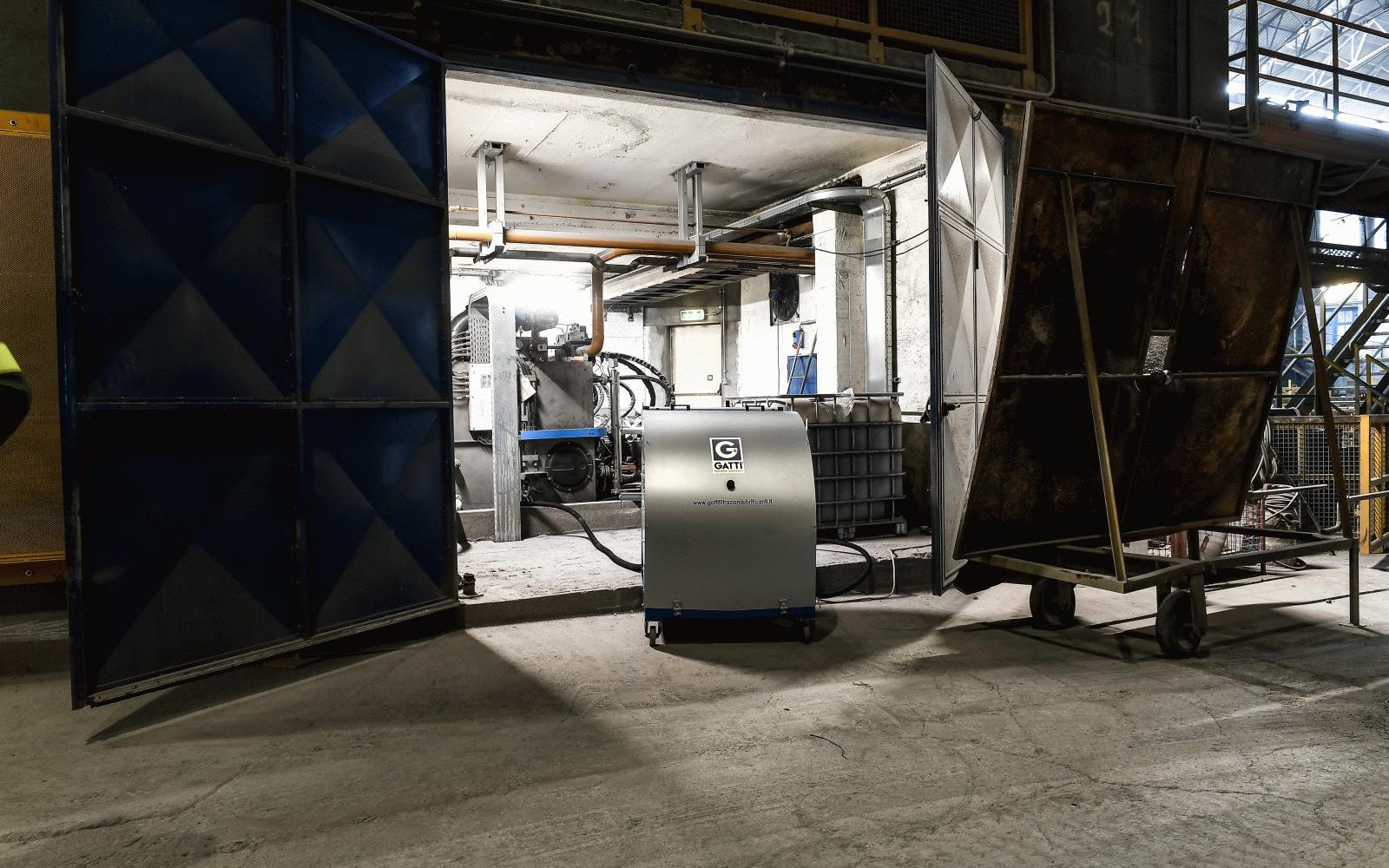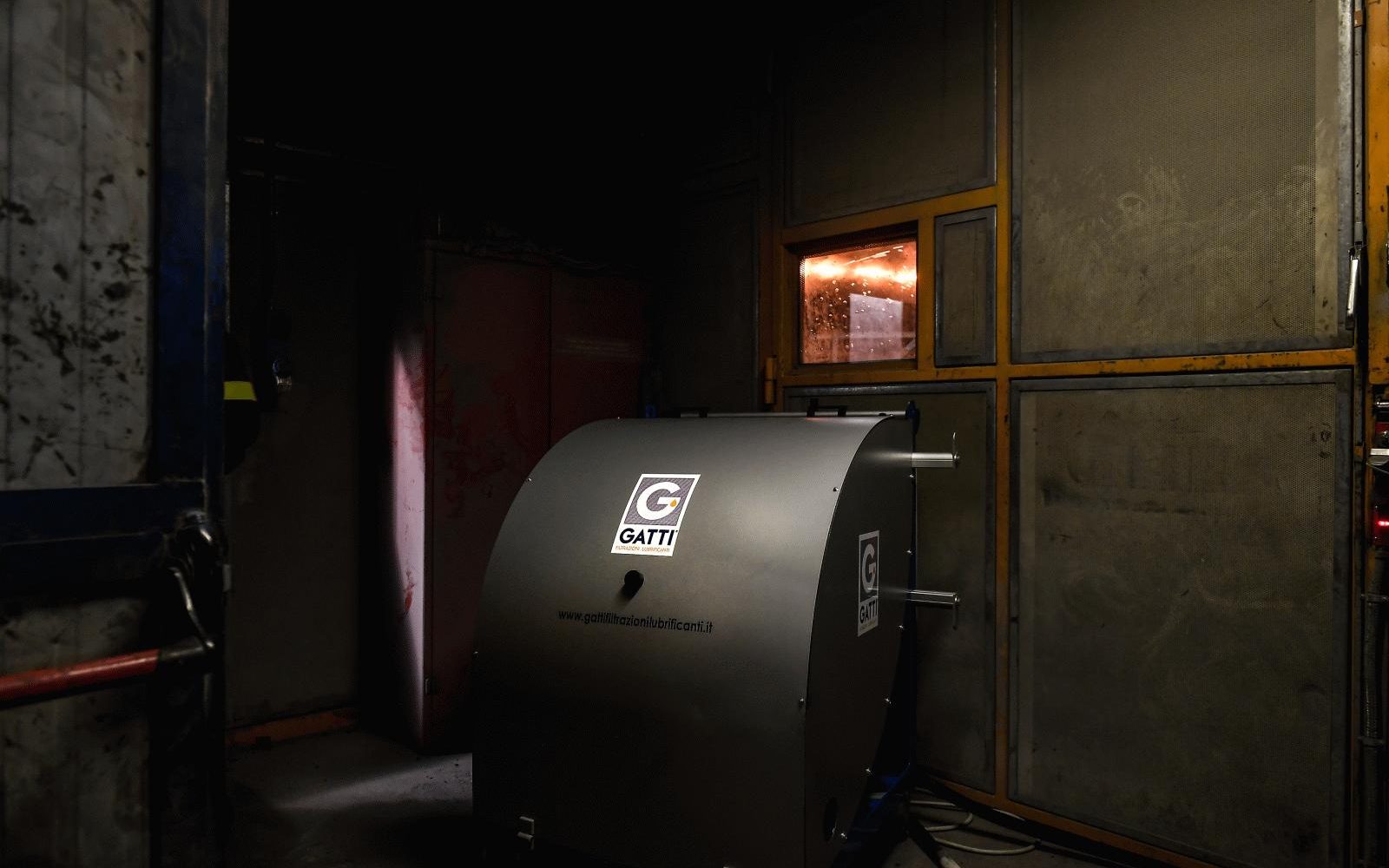Hydraulic oil
and lubricant
filtration
Filtration
Different contaminants, different filtration systems.
Reduce the maintenance costs of your machinery with fine filtration for hydraulic oils and lubricants.
Through lubricant analysis, it’s possible to identify contaminants in the oil, and with our filtration systems—automatic and remotely managed—we capture degradation products.
Filtration allows you to:
- extend the life of both the oil and the machinery,
- prevent machine downtime,
- reduce environmental impact, both in terms of oil consumption and wear of machine components.
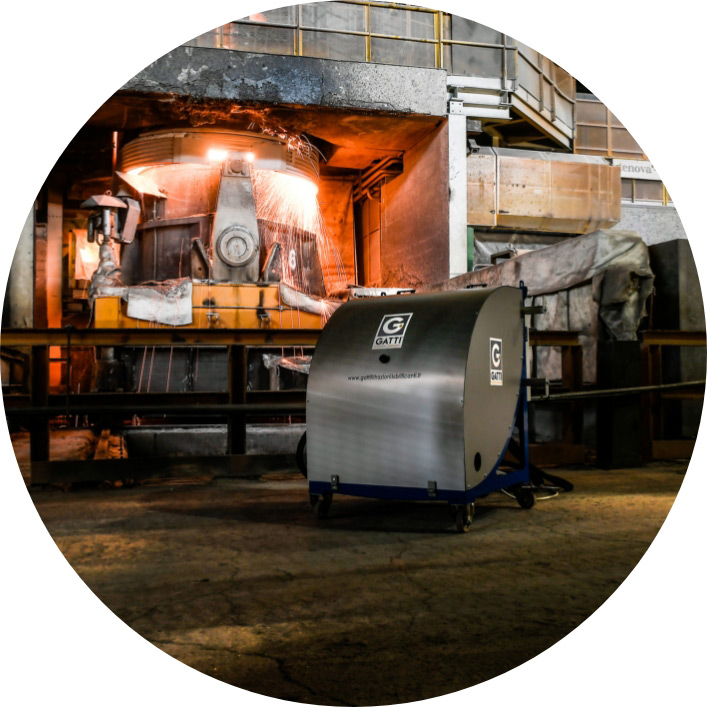
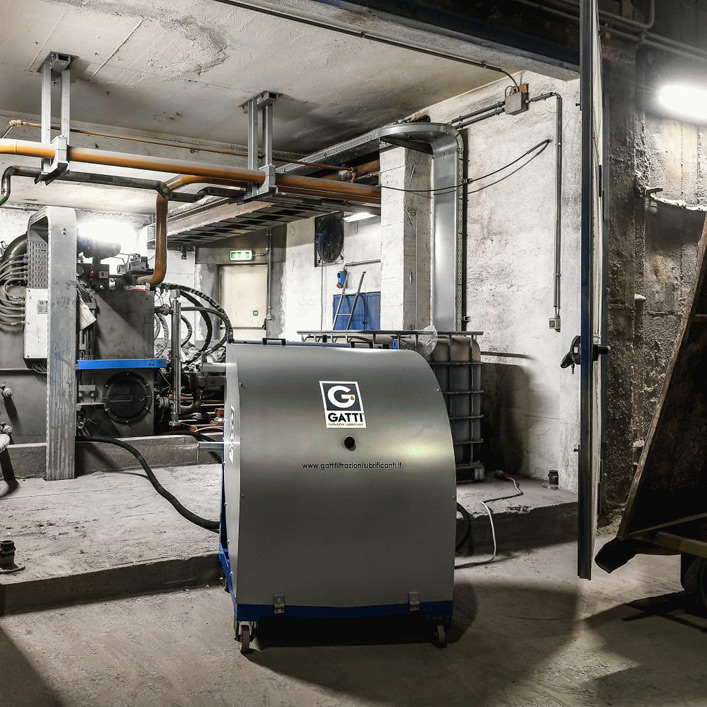
Which oils do we filter?
- Hydraulic oil,
- Gear oil,
- Turbine oil,
- Glycol water (HFC fluids).
What are the contaminants?
- Solids: these are metals that, if not retained, trigger wear in the system. Filtration at 3 microns is necessary to reduce wear, as it removes the majority of solid particles.
- Water: it is important to maintain a low water content in hydraulic and lubricating oils because water significantly accelerates the aging of the lubricant and visibly reduces bearing life. The main damages caused by water include the reduction of lubricating properties (wear and risk of system failure), the formation of rust (solid presence in the circuit), and the increase of the oil oxidation process.
- Oxidation products: these are the formation of lacquers, resins, and sludge in the oil circuit, which are polar and poorly soluble. When the system is turned off, they tend to stick to the walls of the central units and block valves and solenoid valves (this is why it is referred to as the “Monday morning syndrome”). These products should be removed with specific filter cartridges.

